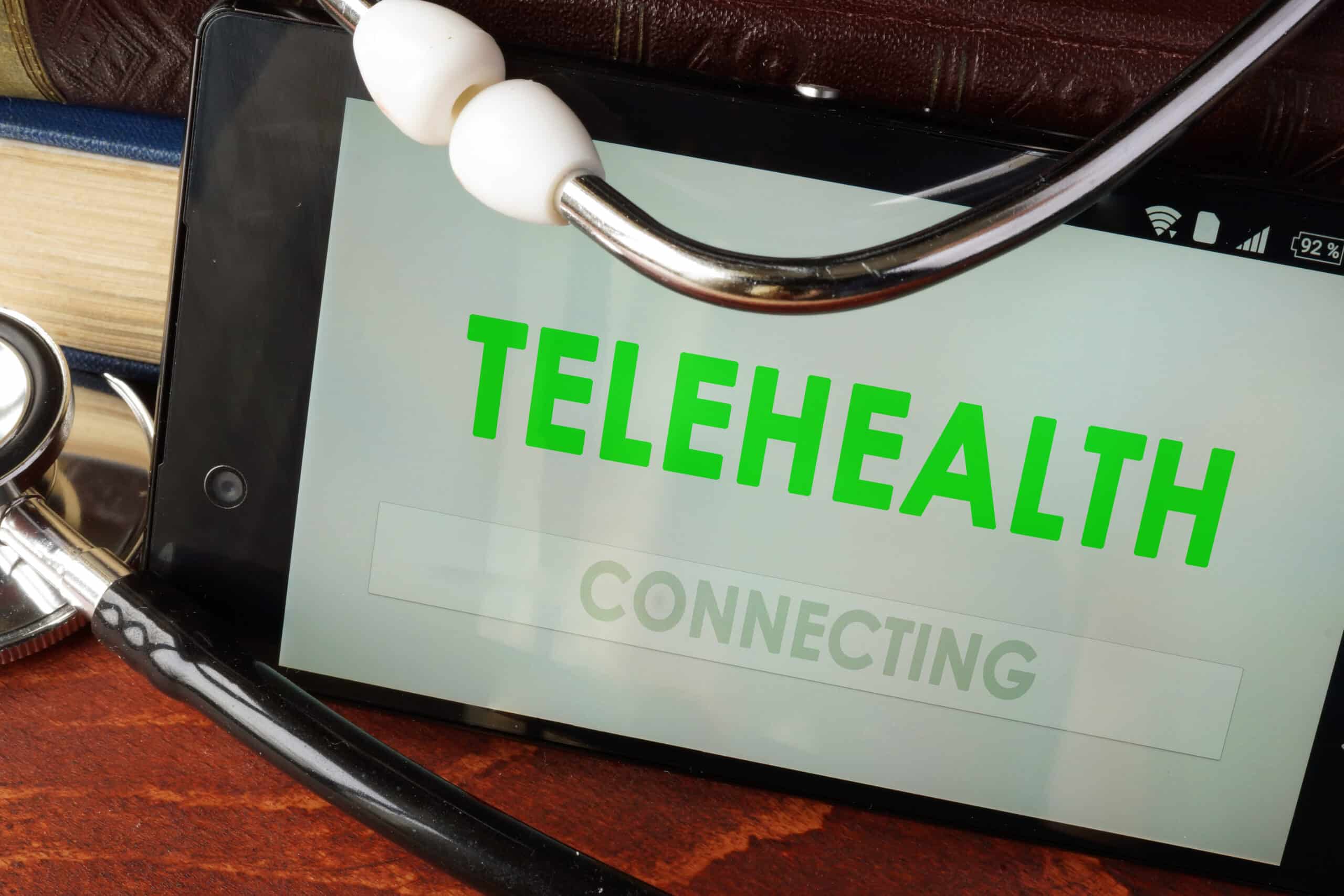Telehealth, also sometimes called e-medicine, is the delivery of health-related services via digital communication technologies. In other words, telehealth is meeting with a virtual doctor through the internet to discuss symptoms, receive diagnoses and seek certain kinds of treatment.
At the height of the pandemic, most health services became suddenly unavailable to patients due to an overwhelming surge in COVID cases. Fearing the spread of the disease, doctor offices closed down — and the use of telehealth services increased by 154 percent. Yet, many are uncertain that the current rate of telehealth use will endure as fear of COVID-19 wanes. Will telehealth options continue to be so widely available, and more importantly, will patients continue to use them?
Expansions to Telehealth Will Likely Remain
Telehealth has been on the horizon for well over a decade, as the technologies for connecting patients to healthcare providers over the internet have existed for well over 10 years. However, despite the availability of some telehealth services, most patients and providers preferred in-person appointments. This was due in part to the unfamiliarity of telehealth tech, in part to inequality of tech accessibility and in part to the lack of sufficient health insurance coverage for telehealth services.
Then the pandemic hit. All of a sudden, patients and providers faced a difficult decision: cancel all appointments until COVID-19 was under control or find a socially distant solution for discussing health conditions and providing viable treatment. Centers for Medicare and Medicaid Services rapidly changed their payment policies to reimburse a wider range of telehealthcare, and many other insurers followed suit. In response, a greater number of telehealth solutions emerged to facilitate the digital connection between patients and providers.
As the vaccination effort expands and the end of the pandemic comes into view, it is unlikely that these simple expansions to telehealth will disappear. Now that many doctor’s offices are equipped to see patients over the internet, they will likely continue to do. Telehealth saves time and money for both providers and patients, which means it saves money for health insurance companies, too. Given that the infrastructure for telehealth is finally in place, it is likely to remain even after the last fears of COVID-19 fade away.
But Telehealth Needs to Improve
This isn’t to say that telehealth functions perfectly as it is. The spread of telehealth occurred rapidly, almost frantically, as the healthcare industry desperately implemented any system that improved safety for patients and providers. Though solutions have diversified somewhat over the course of the pandemic, there are a few key areas in which telehealth — and the providers and patients who use it — need to improve.
Telehealth Suffers From Logistical Problems
The pandemic might have prompted healthcare providers to obtain telehealth solutions, but it did not instantly give all patients access to reliable internet service or sufficiently updated computers. Many of those most in need of telehealth live in rural areas with poor internet coverage, which can cause telehealth calls to drop unexpectedly. This can transform a 20-minute appointment into an ordeal lasting hours as both parties struggle with connectivity.
Patients and Providers Need Telehealth Education
The logistical headache is exacerbated by a rampant lack of tech literacy. Regardless of how seemingly intuitive some telehealth solutions purport to be, they are still not designed for users who lack a fundamental understanding of how to navigate digital spaces or manipulate tech hardware. What’s more, interfacing with patients through a screen can take a different type of bedside manner, which not all providers intuitively grasp. Telehealth education needs to become available for providers in particular but patients as well.
COVID-19 ushered in the age of telehealth, and while the healthcare industry certainly needed a boost to this technological advancement, it comes with some need to consider the future. By accepting the continued existence of telehealth and working together to improve available solutions, everyone touched by the healthcare industry can benefit.




